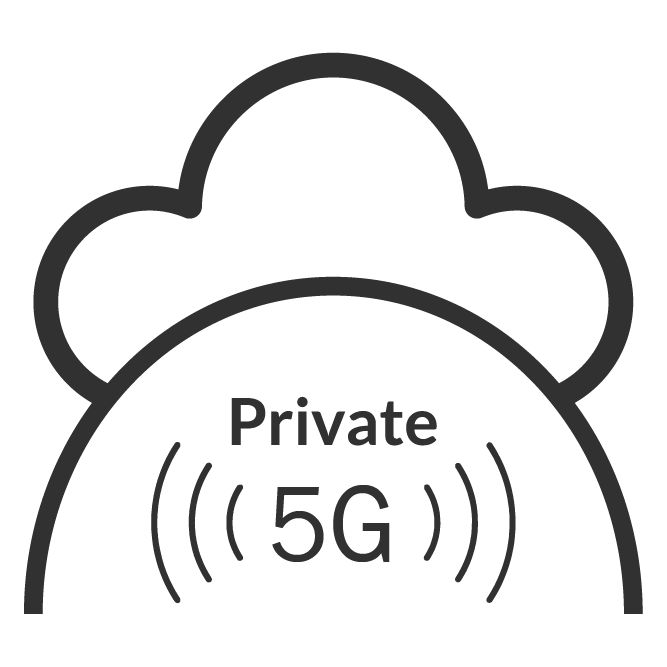Assistance to the surgeon comes via private 5G
Connected glasses and augmented reality have already appeared in the operating room. Equipped with the glasses, colleagues can assist surgeons during their operation. Augmented reality, for its part, provides the surgeon with contextual data or merges images from various sources to enrich the information available to the surgeon. Applications that require a very high speed, stable and deterministic wireless connection that only 5G can deliver.
Very high-speed video transfers
In an operating room, by delivering very high speed, a private 5G network can transmit very high definition images, both downstream and upstream. Thus, video equipment such as connected glasses, high definition cameras or flat screens, can transmit and receive downstream and upstream video streams in 4K or UHD format. Private 5G then provides a significant improvement for operating or assistant surgeons, who benefit from excellent image quality, allowing them to zoom in on one part of the image while maintaining high definition.
Edge computing* reduces latency and improves data security
In the 5G context, edge computing means moving transport functions of business data onto servers deployed locally, for example in the hospital. In this architecture, the functions allowing to manage users, their mobility or quality of service can still be processed centrally. Therefore, latency, transport time of data between the terminal and the corresponding applicative server can be significantly reduced. Also, guaranteeing that data are kept within the hospital thus reinforces their protection.
Using edge computing is particularly important for augmented reality or artificial intelligence applications used for surgery or endoscopy.
*Edge computing: data processing at the network's edge, as close as possible to the terminal.
5G for recovery and monitoring of vital signs
Private 5G is also a valuable aid for anesthesiologists. It lets you connect wireless vital signs sensors and the anesthesia platform or a portable console. An anesthesia platform can thus be easily transported to the patient's bedside for continuous and post-operative monitoring. Vital signs can also be collected directly on a mobile terminal.
Private 5G is a preferred medium for reliable and rapid textual and imaging data transport. Applied in a critical setting such as an operating theater, it unlocks the potential of many aids to the surgeon, such as remote assistance, augmented reality image completion, and tracking sensor connection. All at very high speed, avoiding potential network congestion due to upward and downward data transport.
